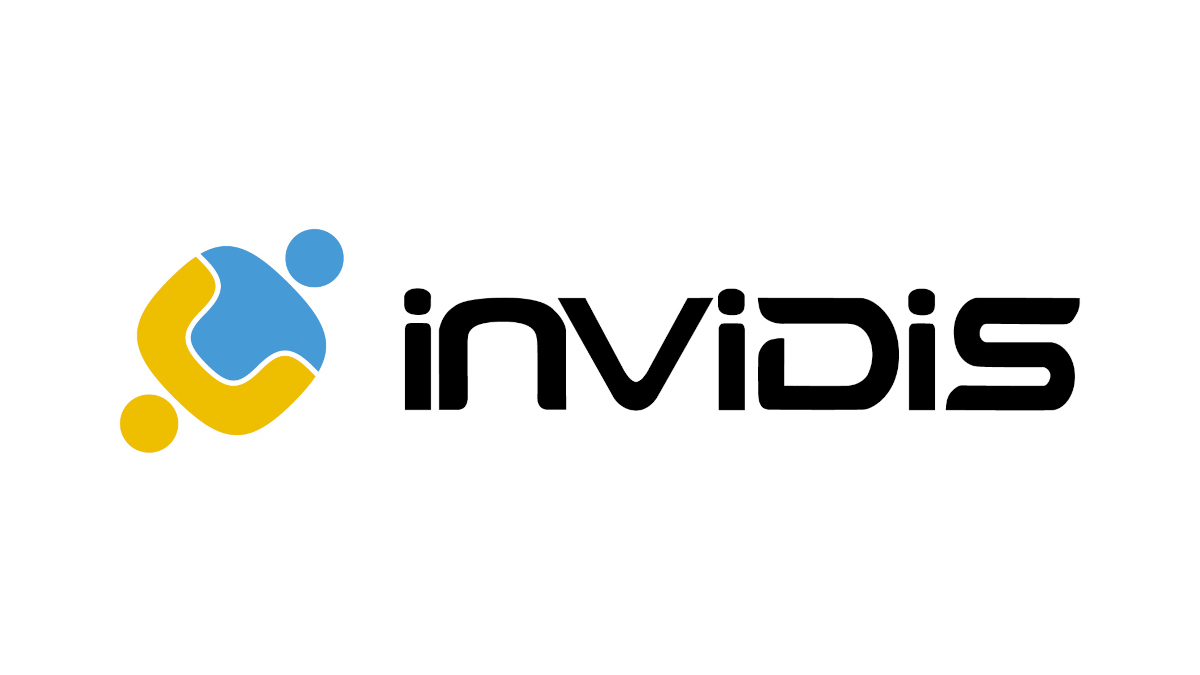For the first time, TV viewers at a UEFA European Championship are seeing different ads than stadium goers. While coming as a surprise to most people, virtual perimeter advertising has been around for a long time - AI just makes it more effective.

Virtual Ads: WYSIWYG Doesn’t Apply to Euro 2024
LED perimeter stadium boards have never been such a talking point at a soccer tournament as in this year’s UEFA European championship: Antoine Griezmann of France got hurt crashing into one at Düsseldorf Arena, bees had to be cleared from one in Stuttgart before Germany played Hungary, and a Belgian player seemingly disappeared into one on TV while retrieving a ball from the goal. Germans attending live matches also wondered why international ads could be seen in the stadium while TV-viewer saw German ones.
This mystery prompted many media outlets to investigate the LED ribbons along the touchlines of the playing surfaces. To the surprise of many soccer fans, these screens show different ads on TV versus in the stadium. Artificial Intelligence is used to overlay the sponsor logos which are broadcast on site, tailoring them for TV viewers, even with different languages.
It is called virtual perimeter advertising. The German National Football League began using an older version of it in 2018/19, which used expensive tech that required special LED panels sending infrared signals to cameras for accurate fading.
However, thanks to advances in artificial intelligence, there are now software-based systems that can be scaled up much more easily and extensively. Those are what’s in use at the current European Championship. The tournament organizer UEFA employs an AI-based software from Swiss provider Aim Sports. This technology allows for the virtual overlay of LED boards using augmented reality.
Virtual Ads versus Parallel Ads
This is different to the parallel ads technology, yet another solution achieving a similar outcome. This, however, is a hardware-based system that enables the different ads to be displayed simultaneously on the same screen. It involves special LED boards that broadcast the content at different frequencies, detectable only by cameras and allowing up to four simultaneous streams. Such a solution was developed by TGI Sports and piloted by Bayer Leverkusen 04 in the 2023/24 Championsleague season.
Virtual perimeter advertising is different: it’s software-based and managed centrally. It can be used at any stadium. And it’s scalable: it could potentially display different ads for each country the matches are streamed in. At the current Uefa Euro, however, the virtual insertion is still limited to TV broadcasts in the USA, China, and Germany. According to German TV channel ZDF, all licensed broadcasters will receive a customized “Virtual Board Replacement” version for their market, while an international version will be shown in the stadium.
Using machine learning, the software is now able to project the virtual ads pretty well on its own. However, if soccer players end up on a spot they are not usually in, errors can occur, such as when the Belgian player rumbled into the goal and disappeared.
For most of the match, TV viewers can hardly even notice they’re seeing virtual advertising. In fact, many of them still don’t know. For sponsors, however, it makes out-of-home advertising in stadiums even more attractive, as it can now also effectively target the TV audience.
